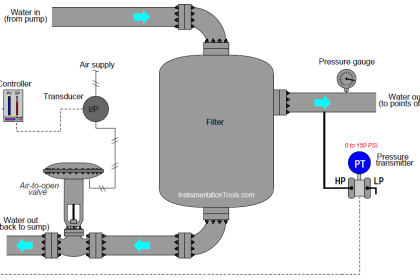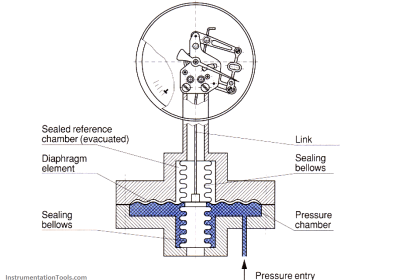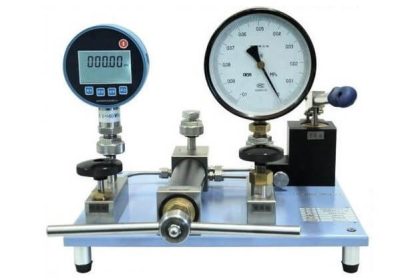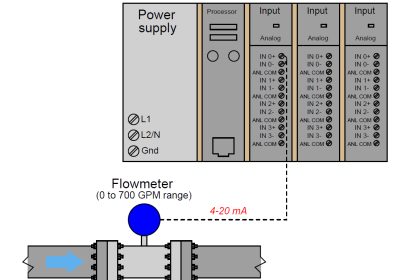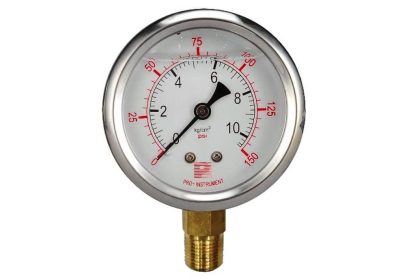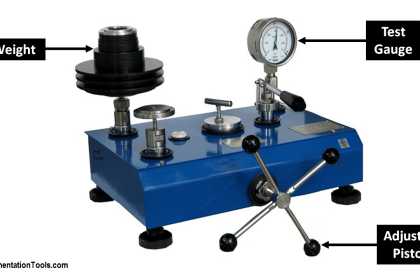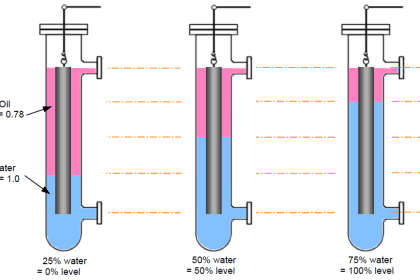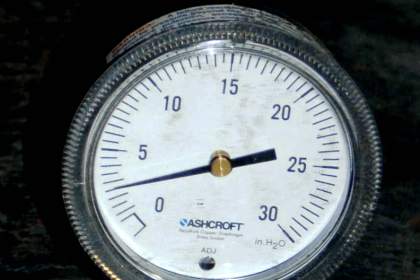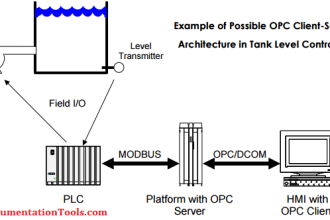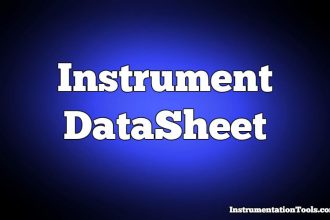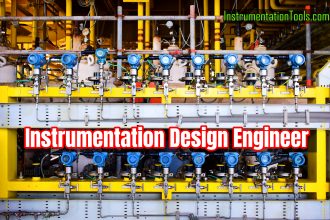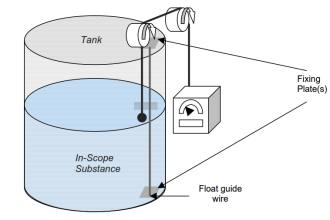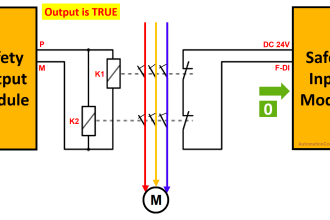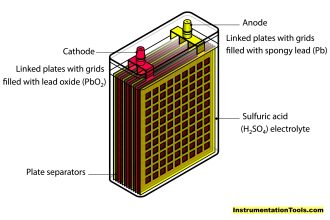Sensor Scaling – Converting Current and Voltage Inputs To Engineering Units Such As psi, Deg C, m3/hr etc…
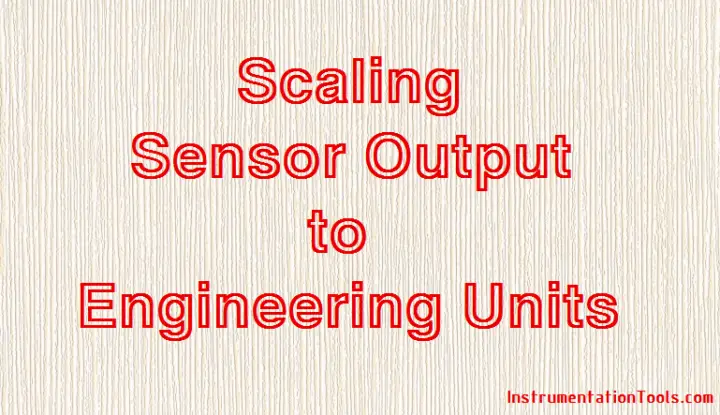
Sensor Scaling
It is very often necessary to convert a voltage, millivot or current reading into a more useful value such as PSI, m3/hr, DegC, etc. For example, if measuring temperature using a Thermocouple, it would be provided to the user in Deg C instead of millivolts, which is what the thermocouple typically produces.
Other examples would be using a pressure transducer to measure PSI, a flow sensor to measure m3/hr.
It is very simple to scale any sensor, and the same equation applies to all methods of data display and acquisition. First, the formula:
Y=MX+B
Where Y is the output or ENGINEERING UNITS
Where M is the slope or the SCALE FACTOR
Where X is the INPUT (millivolts, volts, etc) and
Where B is the OFFSET
Example
Here is a typical example where a pressure sensor is used to measure 0-500 PSI and the output is 1-5Vdc.
First, using the Y=MX+B formula, we determine what each value is in order to calculate for Y.
X = 4 (since 1-5V has a span of 4 volts. If it was a 0-10Vdc output, X would be 10)
M = 125 (use divide the Units by the Voltage or Current – 0-500/1-5 = 125) which results in PSI/Volts
B = -125 ( since the output starts at 1 volt, there is an offset.
We calculated a value of 125 PSI/Volt, therefore, 1V = -125)
If the output of the sensor was 0-5Vdc, then there would be no offset.
To test that the values are correct, put them in the equation.
5 volts out should give us 500PSI and 1 volt out should give us 0 PSI.
Y=125(5) + (-125) = 500PSI
Y=125(1) + (-125) = 0 PSI
That’s it.
